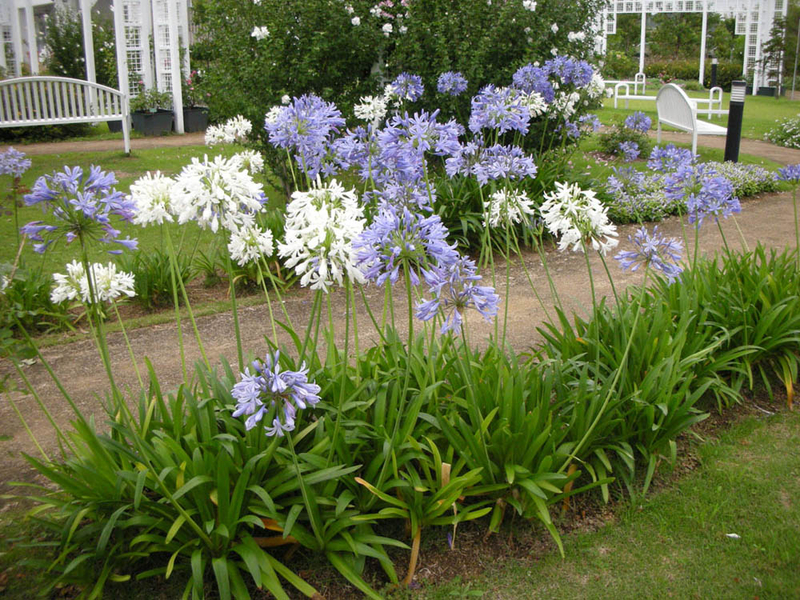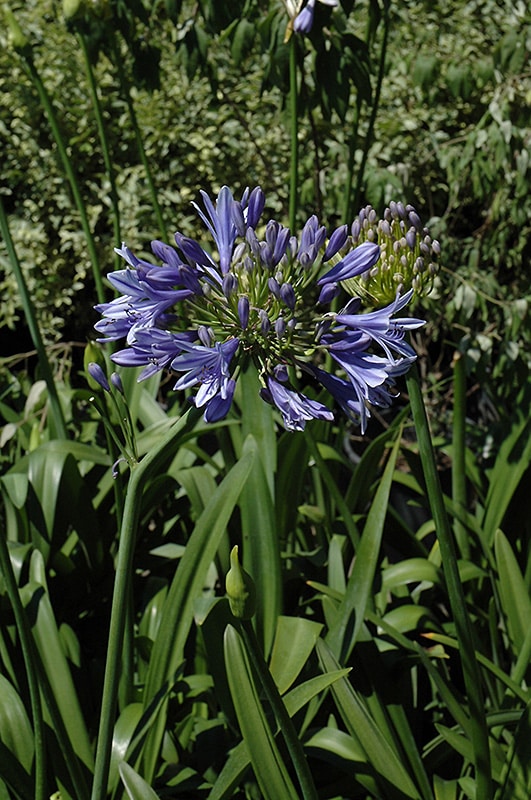Understanding the Art of Agapanthus Treatment: Necessary Steps for Healthy Development and Vibrant Flowers
In the world of gardening, the growing of agapanthus stands as a fulfilling undertaking for those who look for to support these sophisticated blooming plants. With their striking blossoms and stylish foliage, agapanthus has captured the focus of gardeners worldwide. Nonetheless, accomplishing optimal development and lively blooms needs a nuanced approach that incorporates various vital steps. From selecting the right variety to grasping pruning techniques, the trip towards cultivating thriving agapanthus plants is multifaceted and holds the key to unlocking the complete possibility of these agricultural treasures.

Selecting the Right Agapanthus Selection

When picking the best Agapanthus selection for your yard, consider aspects such as climate viability, flower color, and development routine. Furthermore, consider the environment in your region to ensure the Agapanthus selection you pick can grow in your certain problems. Understanding the growth routine of different Agapanthus ranges is vital for correct placement within your garden.
Perfect Growing Problems
Thinking about the optimal ecological requirements is essential for effective Agapanthus growing. Agapanthus flourishes in well-draining soil with a somewhat acidic to neutral pH level. When growing, select a location that obtains complete sunshine to partial shade. In hotter environments, offering some afternoon color can avoid scorching of the leaves. Agapanthus plants are delicate to cool temperatures and need to be safeguarded from frost during winter season.
To make sure healthy and balanced growth and vivid flowers, plant Agapanthus bulbs at a depth of regarding 2-4 inches and area them 8-12 inches apart. Mulching around the base of the plants assists keep moisture and suppresses weed development.
Watering and Feeding Tips
Keeping correct wetness degrees and providing important nutrients are key elements in the treatment program for Agapanthus plants. It is essential to strike an equilibrium when it comes to watering Agapanthus. These plants prefer consistently wet soil yet are prone to root rot if overwatered. During the expanding season, water deeply once a week, making certain the soil is well-draining to avoid waterlogging. In hotter environments or during durations of drought, even more frequent watering might be required to maintain the soil uniformly damp. Nonetheless, minimize watering in the winter to stop waterlogged problems.
Feeding Agapanthus is necessary for promoting healthy development and prolific flowers. Use a balanced fertilizer, such as a 10-10-10 formula, in the very early spring as new development arises. Repeat this application every 6-8 weeks throughout the expanding period. Avoid extreme fertilizing, as it can bring about lavish vegetation at the expenditure of blooms. Constantly adhere to the maker's guidelines for proper dilution and application methods. By following these watering and fertilizing suggestions, you can ensure your Agapanthus plants prosper and create lively, resilient flowers.
Pruning Techniques for Agapanthus
Trimming Agapanthus plants at the appropriate times and with proper techniques is important for maintaining their health and promoting optimal growth and flowering. The optimal time to trim Agapanthus remains in late winter months or early spring prior to new growth arises. Begin by removing any type of dead or yellowing leaves near the base of the plant. Cut them as short as feasible without harming the arising shoots.
For flowered stems, wait until the blooms have actually withered and afterwards cut them back to the base. This not only cleans the plant's look but likewise motivates the development of brand-new flower buds. Deadheading spent blossoms sites can also reroute the plant's power into creating even more blossoms instead of setting seeds. However, if you wish to gather seeds for breeding, leave some flowers to fully grown and completely dry on the plant.
Keep in mind to use tidy, sharp devices to make accurate cuts and lower the danger of presenting conditions. Agapanthus. Normal trimming will aid maintain your Agapanthus looking cool and healthy and balanced while making sure a bountiful screen of stunning blooms
Taking Care Of Usual Bugs and Illness
After guaranteeing proper pruning methods for Agapanthus, it is important to attend to that site common insects and illness that can impact the wellness and vigor of these plants. Agapanthus plants are normally durable but can still come down with specific issues. One common pest that impacts Agapanthus is the Agapanthus gall midge. This little, orange fly lays its eggs in the foliage, bring about altered growth and blossom buds that fall short to open up. To fight this pest, prune and destroy any kind of afflicted plant components and consider using insecticidal soap.
An additional usual issue is fungal leaf spot, which provides as dark lesions on the fallen leaves. To protect against fungal conditions, guarantee great air flow around the plants, avoid overhanging watering, and get rid of any type of infected fallen leaves without delay. In addition, Agapanthus plants can endure from root rot if they are grown in badly draining pipes dirt. To find more stop this, plant Agapanthus in well-draining soil and avoid overwatering. By being watchful and taking prompt action versus bugs and illness, you can aid your Agapanthus plants flourish and create lively flowers.

Final Thought
In verdict, mastering the art of agapanthus care entails choosing the ideal selection, providing excellent growing conditions, correct watering and feeding, ideal trimming strategies, and dealing with usual insects and diseases. By complying with these essential steps, you can guarantee healthy and balanced growth and vibrant blossoms for your agapanthus plants. Keep in mind to routinely check and preserve your plants to advertise their total well-being and longevity.
To make certain healthy and balanced development and vibrant blossoms, plant Agapanthus light bulbs at a depth of about 2-4 inches and area them 8-12 inches apart. By following these watering and fertilizing pointers, you can guarantee your Agapanthus plants flourish and generate dynamic, long-lasting blooms.
One common pest that affects Agapanthus is the Agapanthus gall midge. Additionally, Agapanthus plants can endure from root rot if they are planted in poorly draining soil. By adhering to these vital steps, you can ensure healthy and balanced development and dynamic flowers for your agapanthus plants.
 Amanda Bynes Then & Now!
Amanda Bynes Then & Now! Mason Reese Then & Now!
Mason Reese Then & Now! Dolly Parton Then & Now!
Dolly Parton Then & Now! Nadia Bjorlin Then & Now!
Nadia Bjorlin Then & Now! Richard Dean Anderson Then & Now!
Richard Dean Anderson Then & Now!